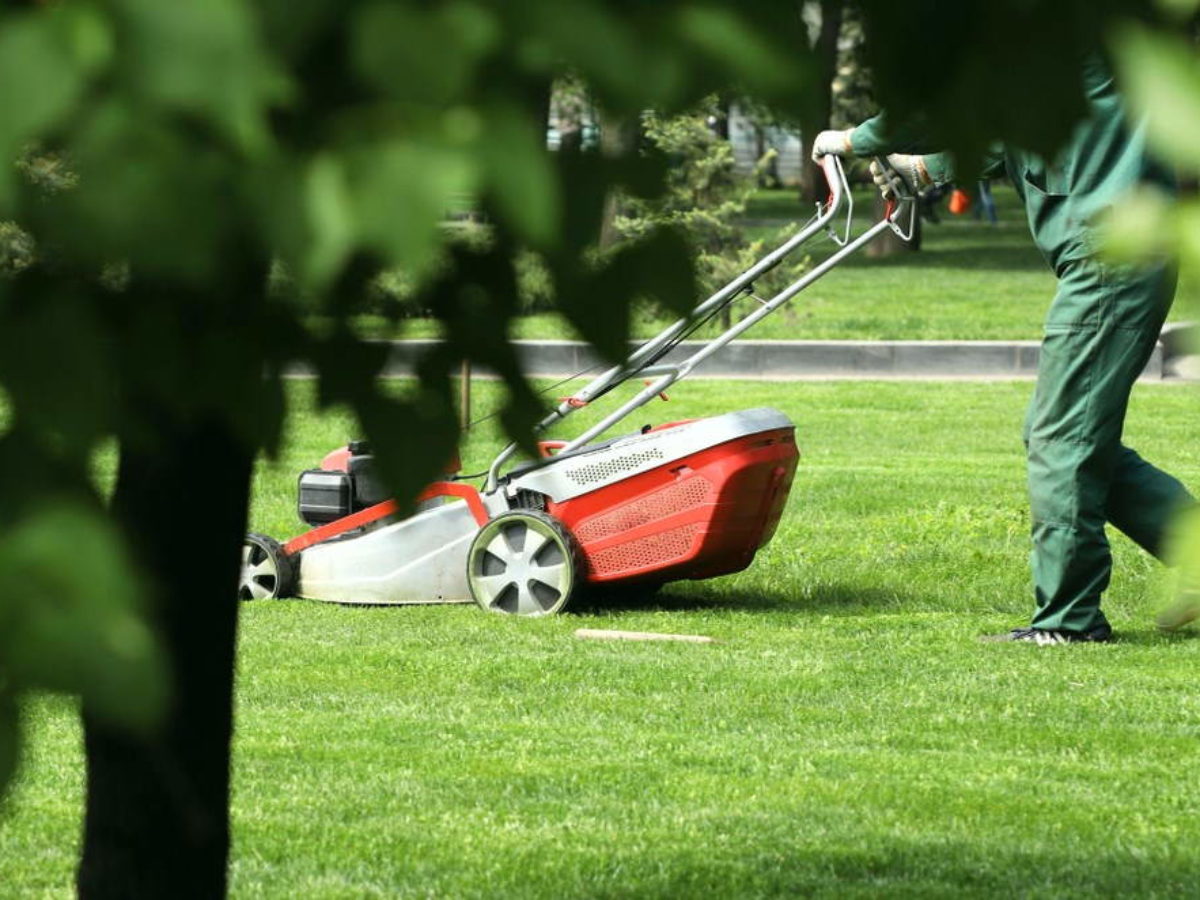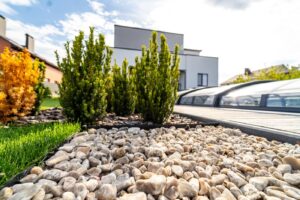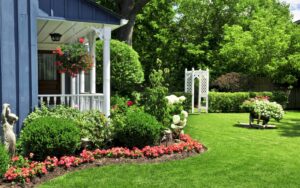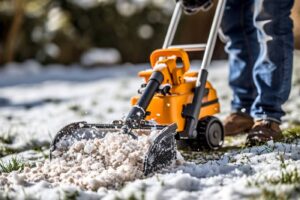Aeration and overseeding are two standard lawn care practices that can be used to improve your landscape in Spring. Aeration removes small plugs from the soil, allowing air, water, and nutrients to reach the roots. Overseeding is when you add new seed to an existing lawn area to help it grow thicker and fuller.
Both aeration and overseeding are essential because they allow your lawn’s root system to function correctly, giving it a healthy foundation for growth throughout springtime weather changes. Both of these lawn practices are best done by certified professional landscapers.
This article will discuss why you should consider aerating and overseeding your landscape this spring.
What is Aeration?
Aeration is the process of removing small plugs of soil from the ground, which allows air to penetrate into the root zone. This improves drainage and aeration of your lawn’s root system, which helps it absorb water more efficiently.
Aeration can be done manually with a machine called an aerator or by hand with a corer tool (also known as a spiker). Still, there are other ways to achieve similar results without digging up your entire lawn. For instance, you could use sand or gravel instead of soil when filling in divots after mowing; this will reduce compaction and allow water and nutrients to reach deeper into the soil where they’re needed most by your grass roots.
What is Overseeding?
Overseeding is the process of adding new grass to an existing lawn. It’s a great way to revitalize your yard and boost it in springtime when temperatures are rising, and plants are starting to grow again.
Overseeding can be done any time during the year, but spring is one of the best times because it gives you plenty of time to establish the new seedlings before winter sets in again.
Why Spring is the Best Time for Aeration & Overseeding
Spring is the ideal time to aerate and overseed your lawn. Here are two major reasons why:
Soil temperature is optimal for seed germination
The soil temperature in spring is usually between 50 and 60 degrees Fahrenheit, which is optimal for seed germination. It can be as high as 80 degrees Fahrenheit or more in summer–too hot for grass seeds to sprout!
Water availability is optimal in springtime
Rainfall during this season helps keep your lawn hydrated throughout its growing cycle until summer arrives with its dry heat and increased evaporation rates from the sun’s rays beating down on your property all day. This allows you to water less often since plenty of moisture is available naturally through rainfall instead of relying solely on sprinklers or other irrigation methods (which can waste money).
Hire Keane Landscaping For The Best Landscaping Services In DFW
Consider hiring us for the highest-rated and most affordable spring landscaping services in Dallas – Ft. Worth. We will work with you to ensure we meet the needs of your busy life while providing exceptional landscaping services. For more information about how we can best serve you, visit our website and book a consultation.# 1 Landscaping Company
In the greater Dallas - Ft. Worth








